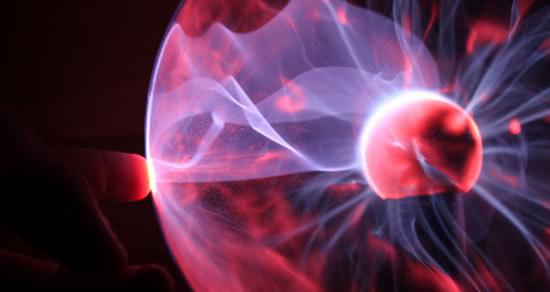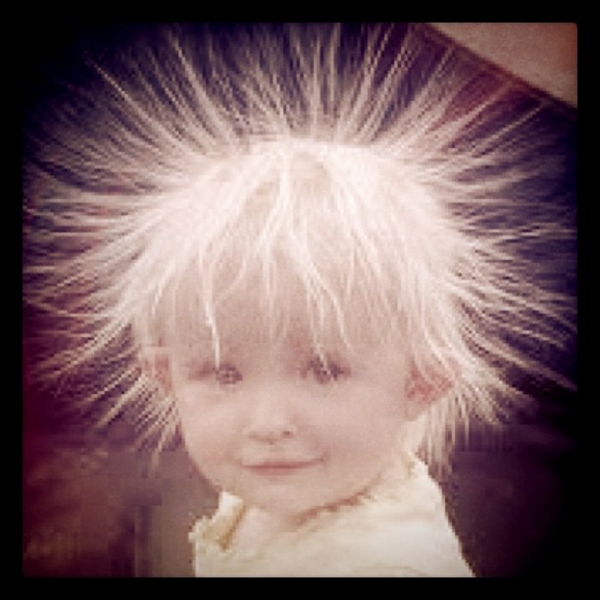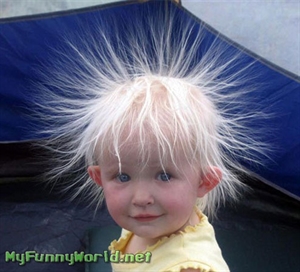Static Electricity Day 2025 is on Thursday, January 9, 2025: Static electricity?
Thursday, January 9, 2025 is Static Electricity Day 2025. Cop Tased Kid During Career Day Presentation Career Day Presentation
As an Amazon Associate I earn from qualifying purchases.

Static Electricity Day is a superb excuse to experience with static electricity! Rub a balloon to develop static, after which have some fun by looking into making hair (or possibly another person's) get up on finish.

Static electricity is generated by the motion of objects against each other. It can be the movement of your feet on the carpet, clothing rubbing against other clothing, even liquids when they are being poured. The voltages can be as high as many thousand volts.
If a static-charged body comes into contact with a body of a different charge, current flows. The amount of current and its duration are a function of the differences in charge, size of objects and the resistance of conducting surfaces.
Static charges are not permanent, but can be bled off slowly. Sometimes as fast as they are generated. Charges dissipate more rapidly when the relative humidity is high. You will notice the discharges more in winter, when we heat buildings.
You could try anti static sprays. These make surfaces conductive. Spray shoes, carpet around your desk, and maybe carpets at doorways.
If you are being really bothered, hold a quarter in your hand when you touch a filing cabinet or doorknob. This reduces the current density at any part of your hand, so you don't feel the discharge.

What causes Static electricity?
Causes of static electricity:
The materials we observe and interact with from day to day are formed from atoms and molecules that are electrically neutral, having an equal number of positive charges (protons, in the nucleus) and negative charges (electrons, in shells surrounding the nucleus). The phenomenon of static electricity requires a separation of positive and negative charges.
1) Contact-induced charge separation
2) Pressure-induced charge separation
3) Heat-induced charge separation
4) Charge-induced charge separation
Effects:
The effects of static electricity are familiar to most people because we can see, feel and even hear the spark as the excess charge is neutralized when brought close to a large electrical conductor (for example a path to ground), or a region with an excess charge of the opposite polarity (positive or negative). The familiar phenomenon of a static 'shock' is caused by the neutralization of charge.
Examples:
1) A common example of static electricity is the slight electrical shock that we can get when we touch a doorknob during dry weather. The static electricity is formed when we accumulate extra electrons (negatively-charged particles which we rub off carpeting) and they are discharged onto the doorknob.
2) A simple and illuminating example of the effects of static electricity can be observed using adhesive tape (such as Scotch tape, on the negative side of the triboelectric series, hence tends to gain electrons and acquire negative charge) charged by peeling. For complete explanation of this example, read:

Static Electricity?
well, static is causes when a charge is built up inside of your body. this is caused by you rubbing against something else (like carpet for example). when you are charge, this charge wants to equalize by transferring to someone else. this creates a shock that is visible. when it is humid out, the water in the air gets the charge transferred to it. the weather is usually dry when you shock more people. try just to pick up your feet more.












